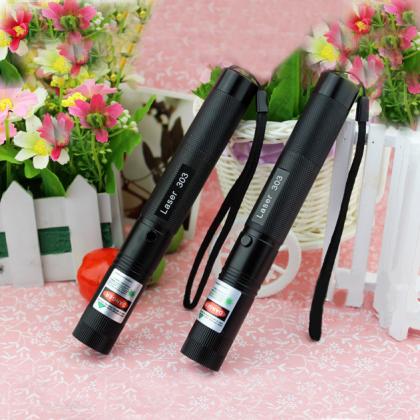LASER WELDING TECHNIQUE FOR LARGE MATERIALS
The hydraulic system in a large laser safety room lifts 20 tons of steel and tilts to the desired angle. The green laser pointer beam and the metal active gas (MAG) will begin the laser beam and the metal-active gas (MAG). The laser beam and the metal active gas (MAG) are moved to the upper part of the device, extending the robot arm with the compound welding head, slowly across the first row of weld joints, Welding arc welding gun joint role. These solder joints are 8 mm thick and can withstand up to 320 tons of pressure. This is repeated so that the press is able to function throughout its useful life.
In the laser room, Staufer and Reiter through the monitor to observe the process. "We spent a whole week hand-welding the racks outside, and then we were determined to improve efficiency," says Reiter. "He soon discovered that laser welding is the right solution. "This welding process is much faster because we only need a welding, unlike arc welding must be completed little by little, and we can use burning laser pointer preheating material, automatic processing is also easier to ensure quality." Therefore, he will As a solution, as solution A, he also prepared a solution B - with the traditional MAG welding robot with the automatic solution. "But scenario B requires preheating and subsequent stress relief heat treatment," says Reiter, so no one wants to use Option B. But there is a big problem with Option A, as Staufer says: "We have delivered more than a hundred lasers, but the thickest sheet before is only 10mm."
Two years ago, Reiter and Staufer spent a lot of time in Vorone's research and development labs, and a series of micrographs showed that there were many small cracks and imperfections in the weldment profile, which made the weld unusable. "Eight kilowatts of brightest laser pointer power can easily penetrate 12 millimeters of material, but we have absolutely no control over the holes," Staufer recalls, "and the cracks indicate that the problem is preheating," Staufer recalls. "With laser preheat, we can fully control the parameters, but no matter how the temperature, the crack did not change."
It seemed as though Plan B had become the only option, but at one meeting, Tracy proposed the idea of fundamentally adjusting the welding strategy, and Reiter smiled and remembered: "Maybe because we just gave up on Plan A, so we Ask ourselves: do we really need that deep seam to achieve a perfectly stable interface? "So Staufer and his team of laser experts at Vorone began to gradually reduce the welding depth to 10 mm when they finally relieved , The weld quality began to improve, "in 8 mm when we finally get the ideal welding results." Staufer said.
Raimund Geh liked the challenge. His company, Femitec GmbH, is located in Gösthofen near Augsburg and specializes in welding system design. He explained his approach to the problem: "If a robot equipped with a high power laser pointer welding head can not reach the solder joint, we can replace that part of it." His idea was to use a positioner with a chuck. "We are convinced that this will allow us to weld in the flat welding position." Geh and his team developed a sophisticated simulation system to test their theory, the next step is to put it into practice. Yaskawa Europe Co., Ltd. is a leading manufacturer of drive technology, industrial automation and robotics, dedicated to transforming the company vision into reality. Otwin Kleinschmidt, head of project management, tilted the palm of his hand at a key 45 degrees, then smiled and said, "The theory is simple: the positioner plus the chucking device is just that big."
The first challenge the team encountered was to design a hydraulic system capable of withstanding several tons of weight, with a position accurate to millimeters. Kleinschmidt explained: "The only way to make the welding robot just in the welding path." Another problem is to coordinate the movement of robots and beams, but in practice 4 months later, everything finally entered the right track.
In Pasching, Staufer and Reiter began to view a variety of machine tools. They are in front of the workpiece on the tray, the crane is to help workers to the sheet metal on the table in the right place, the whole process takes two hours. This sounds complicated, but is relatively processing components, which in fact is already a very fast solution. The positioner then moves along the rail to the red laser pointer safety room. When the welding robot is in place, the worker moves to the other end of the safety room and clips the next frame onto the second workbench. "With this system, we can weld more than 20 racks per week," says Stiter. "We have been able to use this soldering process to handle different orders," says Reiter.
